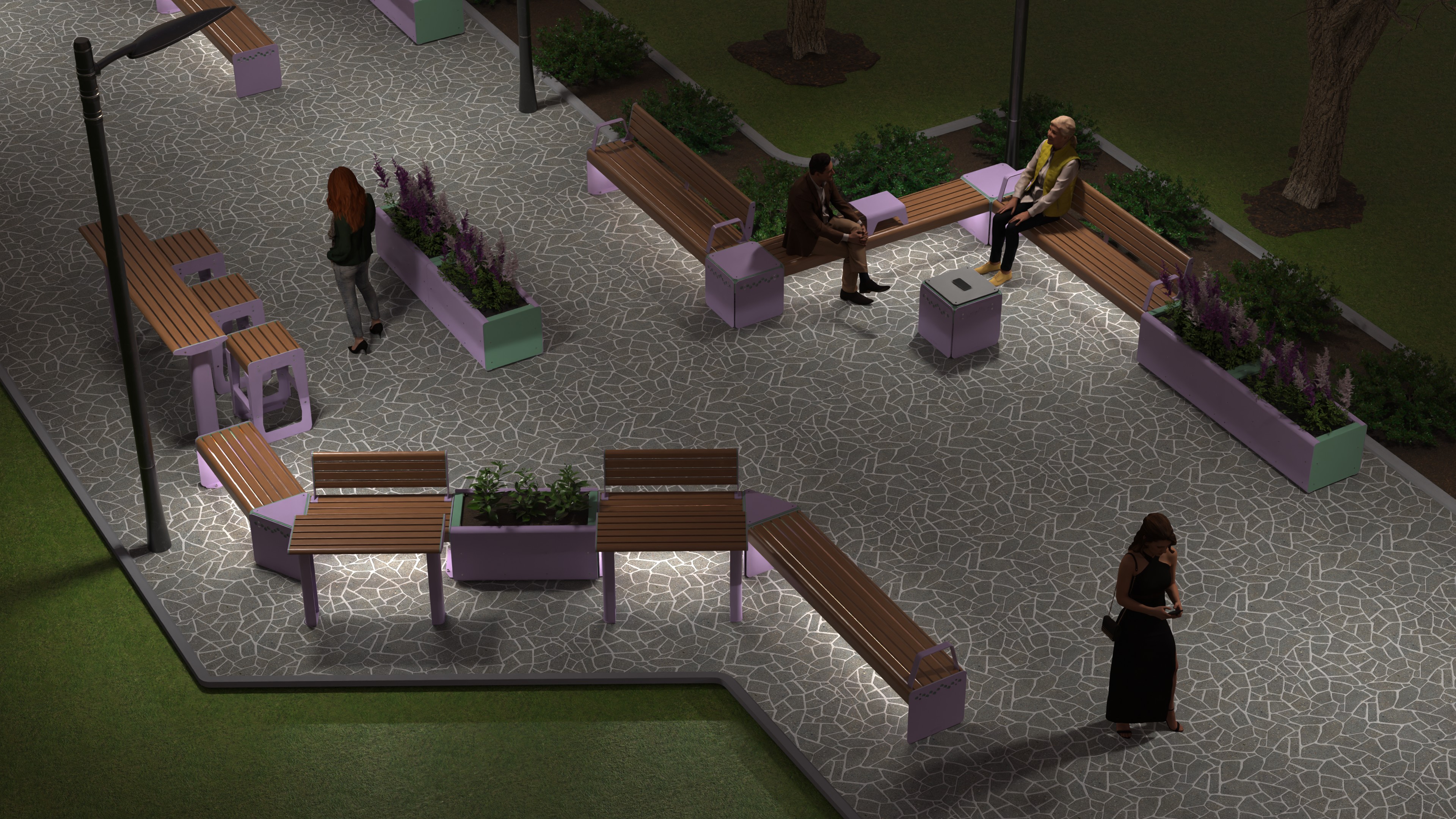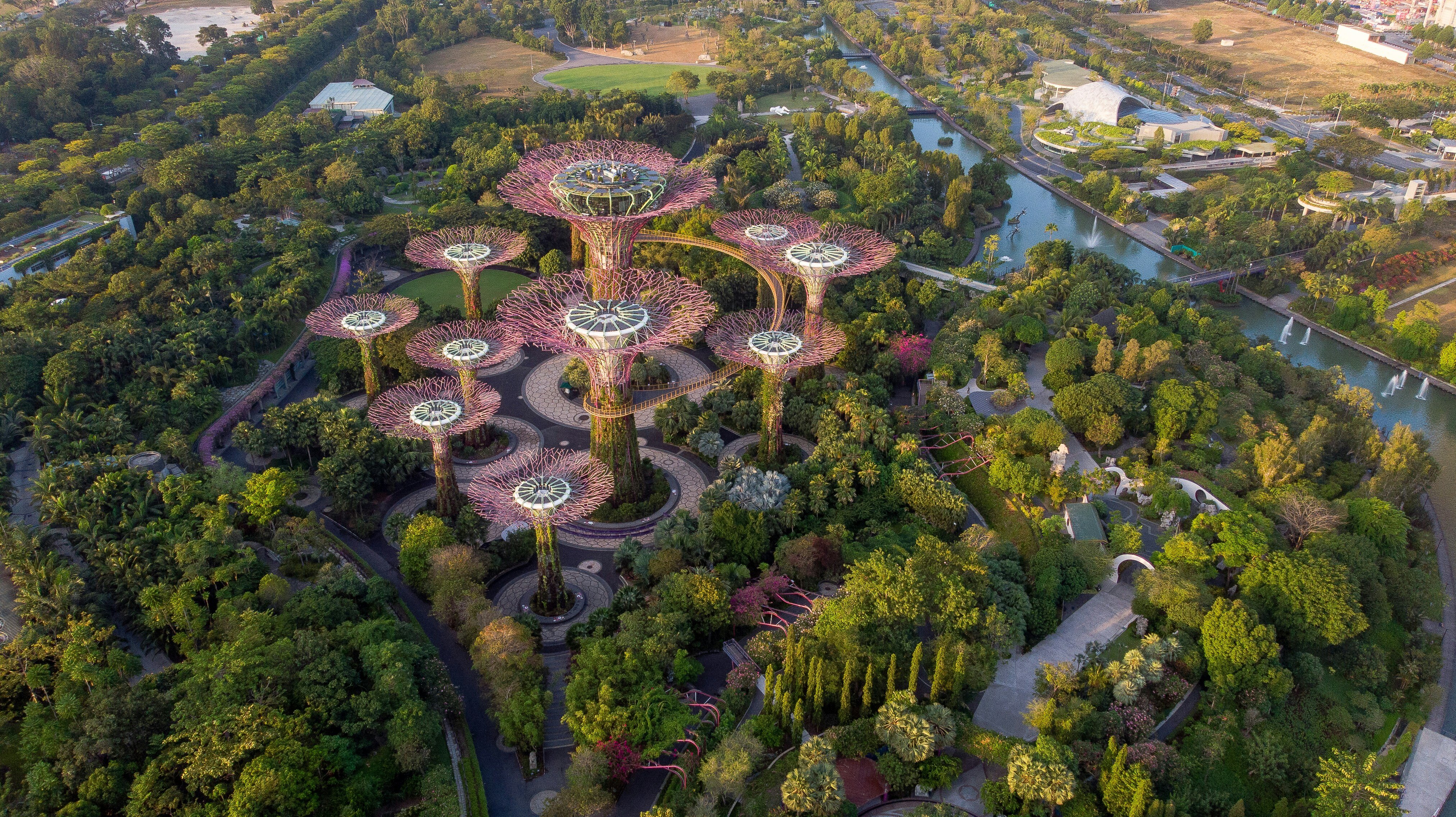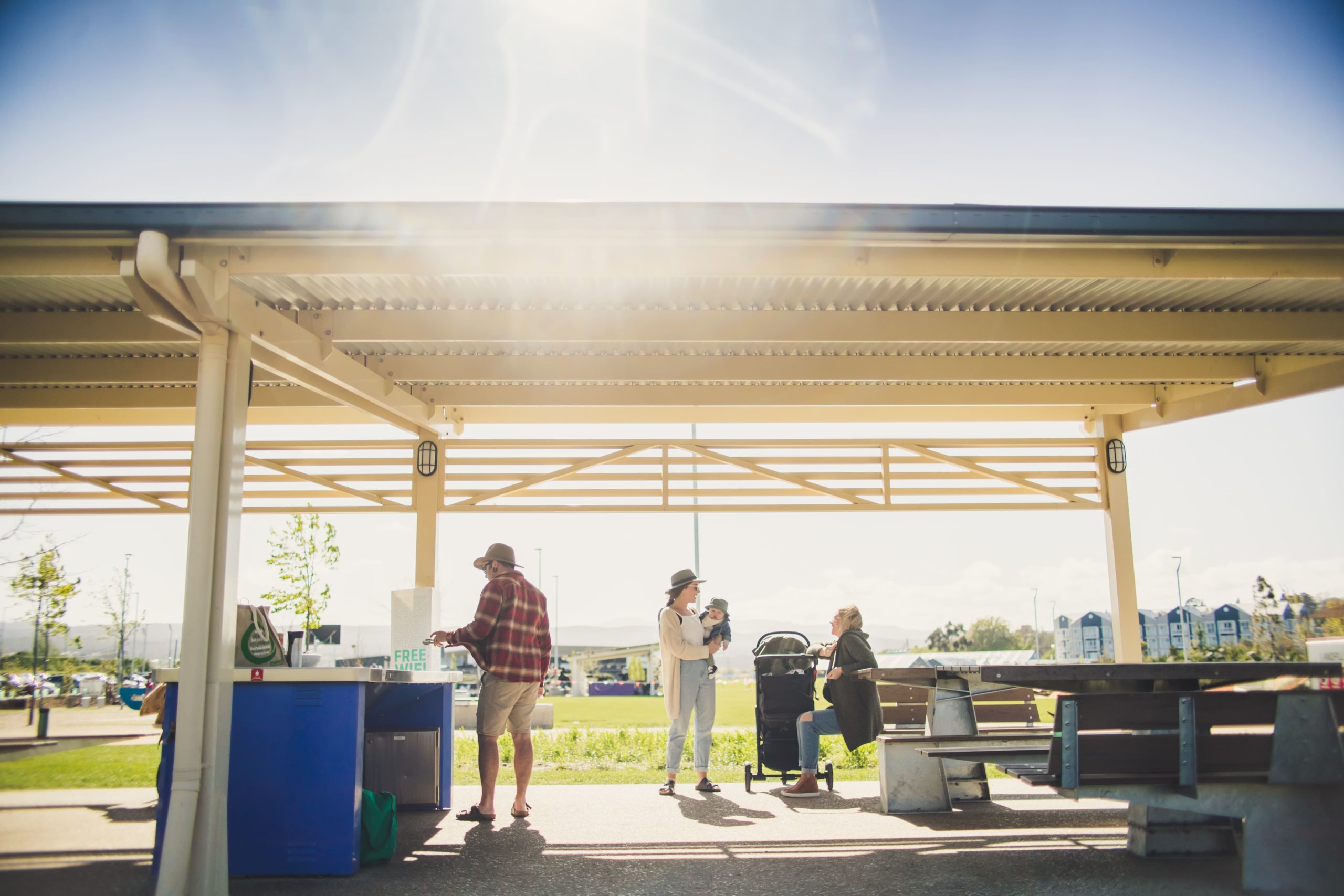In the urban jungle it can be easy to get lost amongst the concrete and high-rise, which can have negative impacts on both the environment and on community wellbeing. It is therefore essential that every urban community has parks that provide a range of benefits for the environment and community. Parks reduce pollution, control temperature and humidity, encourage biodiversity and promote community wellbeing, amongst many other benefits, and are widely considered to be an essential for all urban landscapes.
Origins of the urban park
The concept of the urban park began in the midst of the Industrial Revolution in the 19th century, in both the UK and US. During this time, many citizens lived in poor conditions and had no access to any type of vegetation. In order to combat these negative living conditions, architect Joseph Paxton designed what is considered to be the first urban park in the world for public use in 1843: Birkenhead Park. Paris, New York, Berlin and Mexico City soon caught on with the implementation of their own urban parks.
Since then, “the creation and adaptation of large green areas has become a constant on the agenda of local governments”. Parks have become even more of an essential since the car was invented, due to their ability to combat the ‘urban heat island’, which refers to climate change that develops in the air and ground of cities, caused by factors such as road traffic, electricity and the use of materials such as cement and asphalt, which retain heat.
The essential benefits of urban parks
Urban parks act as a type of oasis in the midst of the urban jungle, providing a pocket of relaxation and greenery. They reduce UV radiation and noise from traffic and are one of the most sustainable solutions to combating the urban heat island and city pollution. The trees and vegetation produce oxygen, making the air cleaner and cooler, which benefits both the plants and the air quality for the community. They also control the temperature and humidity of the area, making living more bearable.
Parks provide locations for community engagement and recreation. Featuring playspaces, ovals, sports courts, outdoor gyms, BBQs, and the space for picnics, play and events to be held, they act as the key focal point for communities. The physical and mental benefits that can be gained from engaging in park activities are numerous. Engagement with nature reduces stress and anxiety, boosts immunity, nurtures psychological wellbeing, enhances productivity, and promotes an active and social lifestyle.
Studies have also shown that the inclusion of parks can reduce crime in communities. In a study of 300 US city parks, more greenspace was associated with a lower risk of crime, including violence and robbery. In the study, researchers found 52% fewer crimes reported near buildings surrounded by trees and other vegetation in Chicago, while in New York City, neighbourhoods with higher investment in public green space see an average of 213 fewer felonies per year. Similar results were found with the other cities studied.
With all of these benefits to the city environment and the community, plus many more that are still being studied, parks are becoming more and more of an essential to urban living. As our cities continue to grow, so will our need for parks that provide much needed greenspace to promote healthier and happier communities.
Fitting parks into the urban landscape
From a glance it may seem that dense urban landscapes are unable to fit parks into the city fabric. However, one of the benefits of parks is that they don’t need to be extensive to make an impact on the community.
For example, pocket parks nestled between a train station and carpark can still provide a relaxing, peaceful space for travellers or locals to rest, and a small playground located by the supermarket can provide just as much fun and activity for kids as an enormous play structure.
Click here to view a full study on all the benefits of urban parks by World Urban Parks.



 Back to News
Back to News 



